









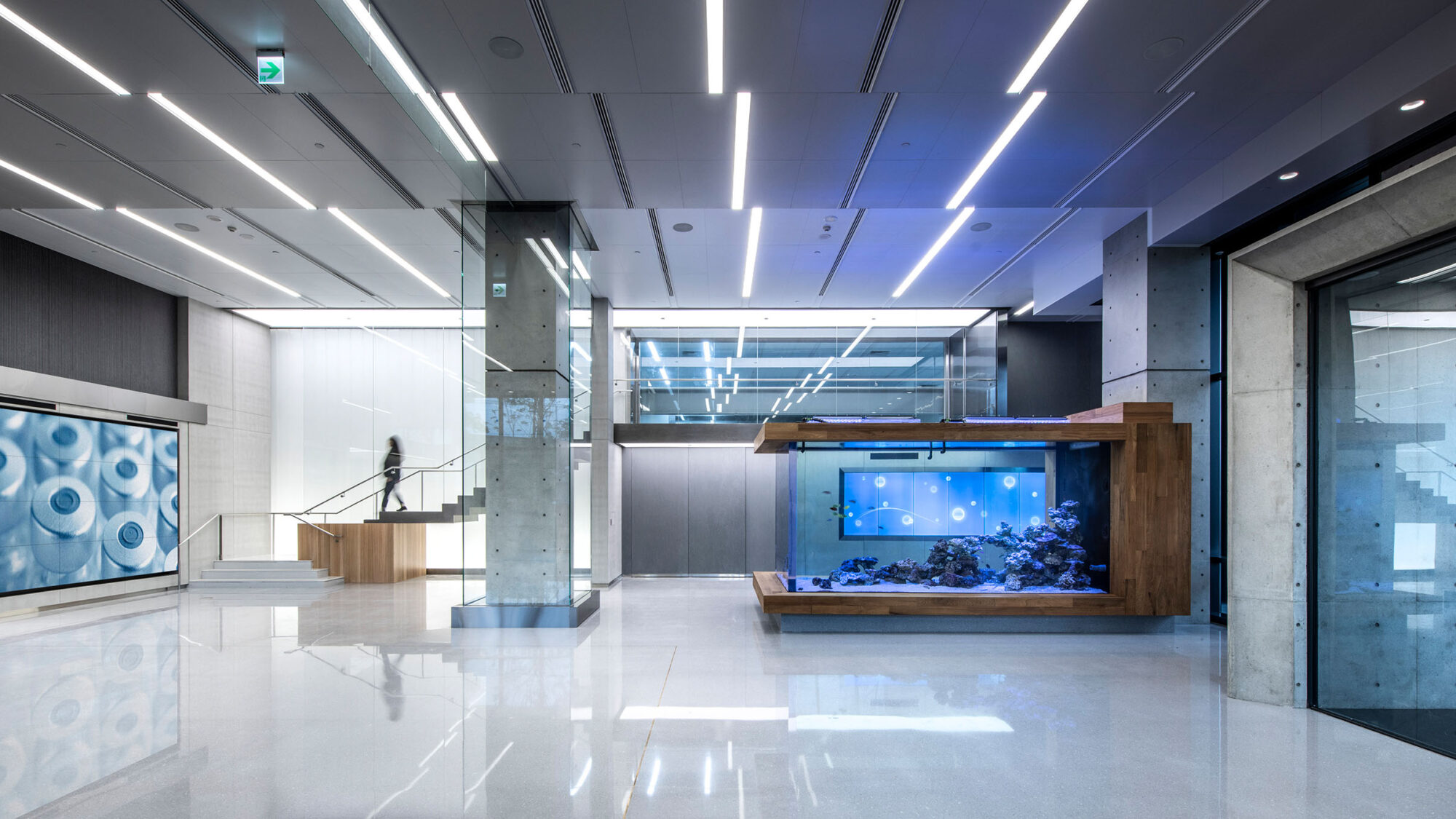
With 31 years of workplace design expertise in Taiwan, M Moser shares workplace transformation insights in the region.
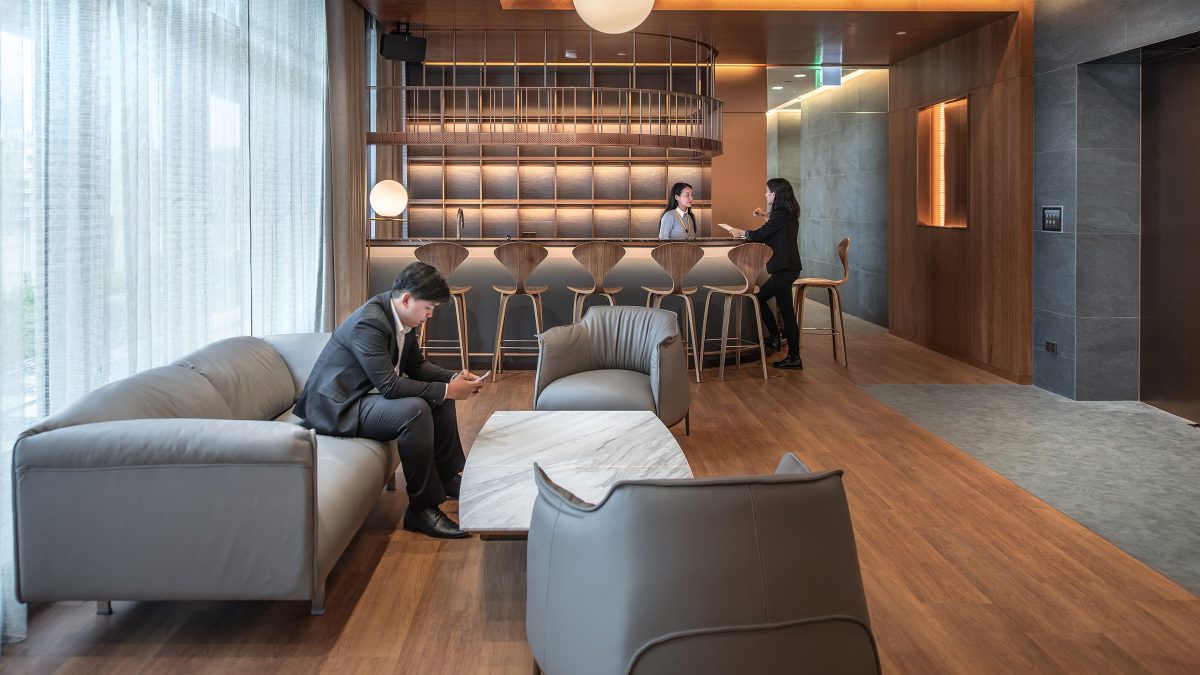
In a recent piece titled “Taiwan’s offices get 21st Century upgrade” by Taiwan Business TOPICS Magazine, M Moser shares workplace transformation trends and developments observed in the region.
Productivity, culture and the ability to attract the right talent – what’s the one key factor that affects these considerations for business leaders?
Our practice across the globe reveals that an effective workplace is a strong solution to these business opportunities. A high-performance work environment has the power to boost efficiency, enhance company culture, and strengthen recruitment through human-centric design.
The notion of leveraging workplaces to facilitate transformation has been widely accepted worldwide. Taiwan is no exception.
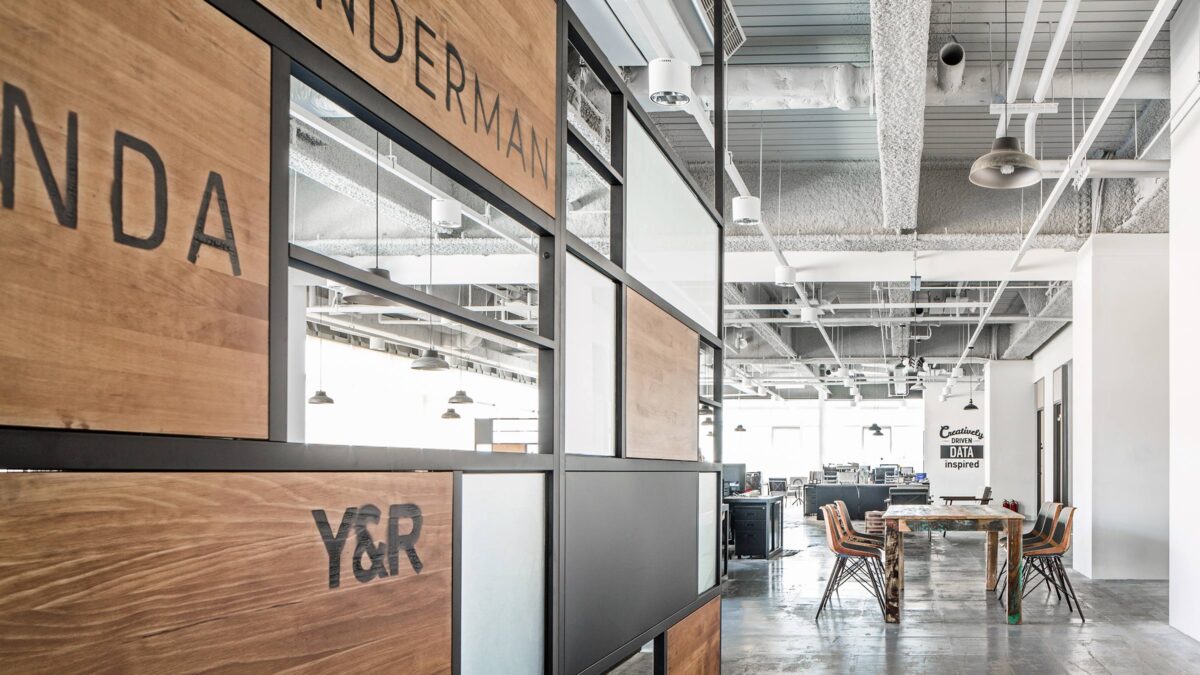
In the past, multinational companies in Taiwan, led by tech enterprises, have predominantly driven office renovation and upgrades, but in recent years, there has increasing investment in the workplace on an organisational level.
Chairman and Founder, Moira Moser, highlights a shift in the way people are performing knowledge work: “Much of this work is being driven by AI that is taking over mundane and repetitive tasks. More of our clients’ employees are being encouraged to practice innovation – that takes a different kind of collaboration and involvement.”
As a result, workplaces and their design solutions must be adaptable and future-forward, responding to working needs with flexibility to support new ways of working.
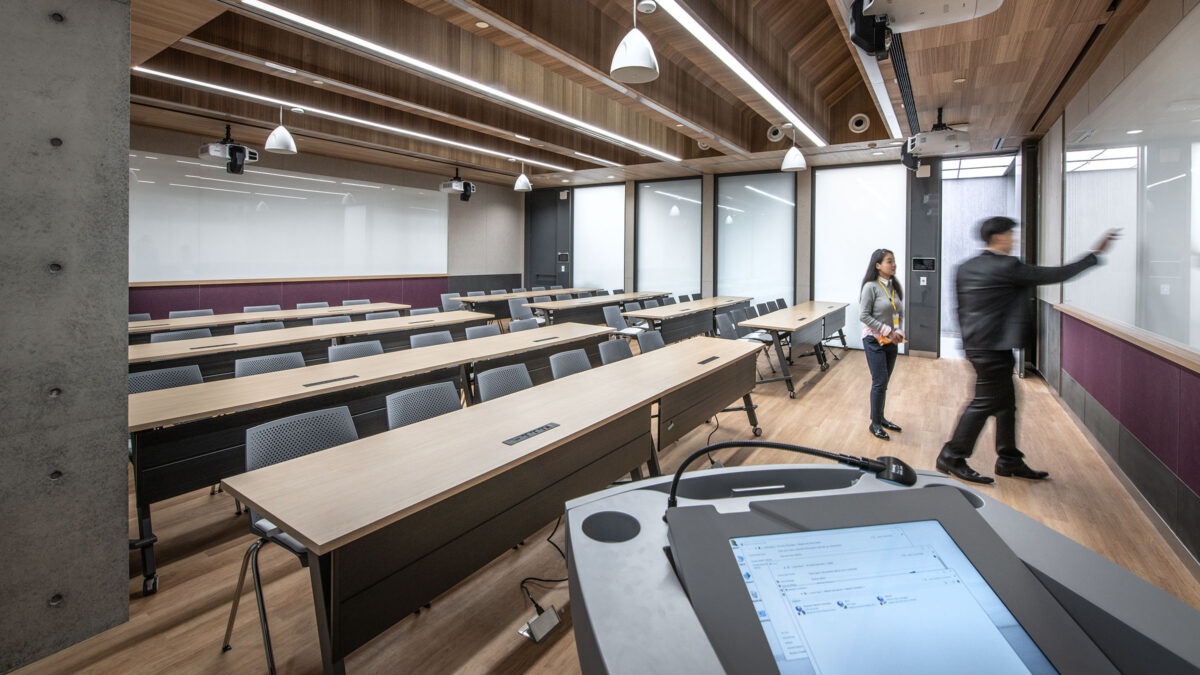
For a workplace to be adaptable, its design process needs to shift from aesthetic and cost-driven to practical and functional.
This has elevated the significance of workplace strategy, calling for a deeper understanding of user needs, work modes, organisational culture and individual preferences.
Combining survey development and leadership/end-user communication channels with onsite observations, questionnaires and workshops, workplace strategists can gather quantifiable insights. Differences between user expectations can be identified and analysed. Understanding these nuances and addressing them in the design enables the delivery of workplace that meets a diverse range of needs.
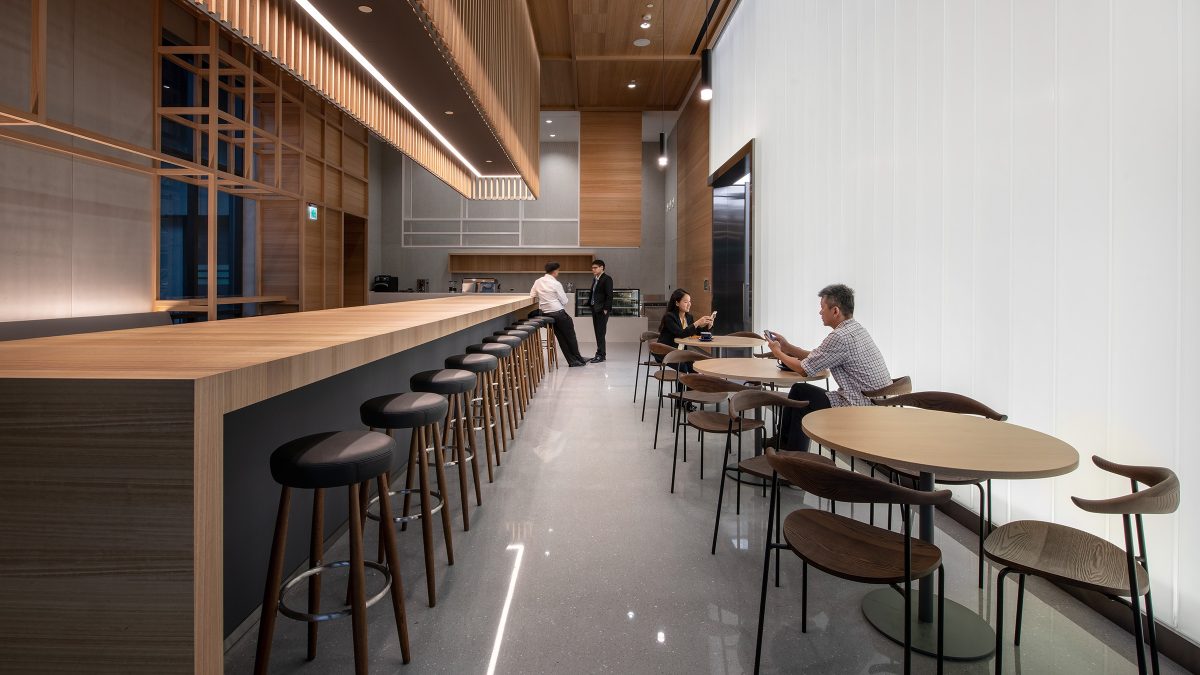
As workplace strategy becomes an increasingly important step in the design process, clients are opening up their resources to vital assets such as employee feedback.
Group Managing Director, John Sellery, highlights the value staff engagement can bring to the design of a new workplace. Enabling a collaborative design experience can encourage people to reassess their roles and careers, framing the work environment as a key benefit. “It becomes a part of their entitlement and identity,” Sellery shares.
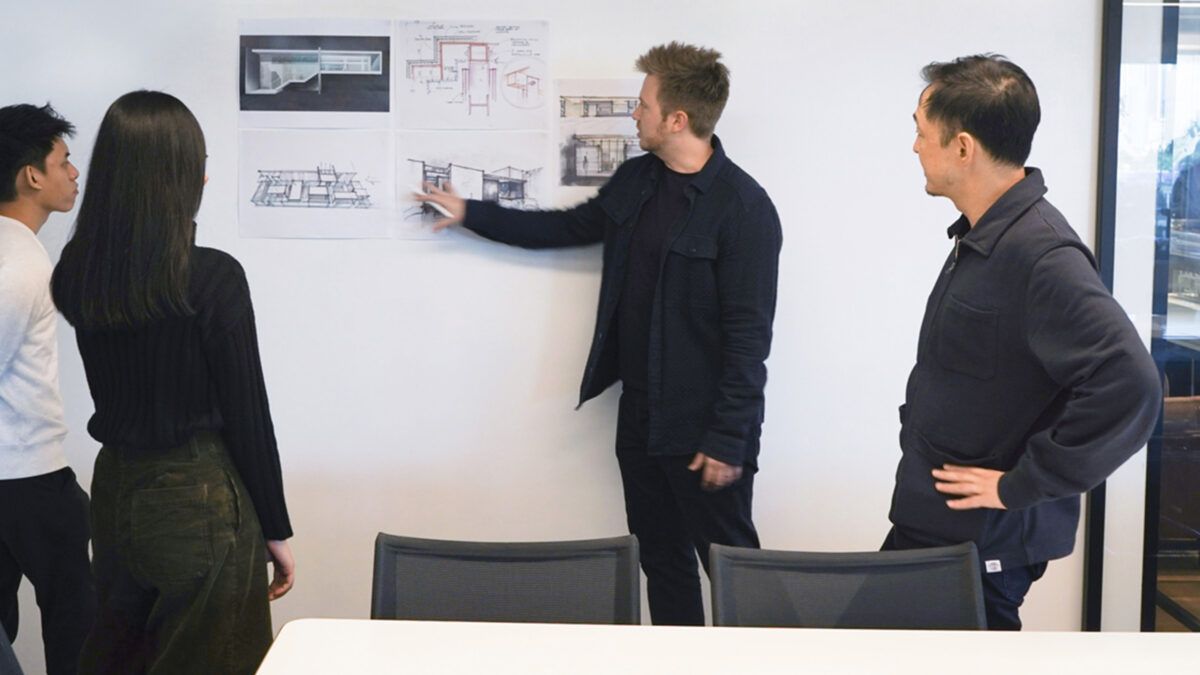
As millennials become the backbone of the workplace in both Taiwan and across the globe, there are noticeable generational differences that can be drawn from people’s expectations.
“When we poll employees on what they want from the new office, we’re seeing them say ‘I want my company to care about me. I need this design to support me,’” says Nancy Liu, Director of Workplace Strategy. “As a result, we don’t give them a quick, simple solution or promise that the design will solve everything. Instead, we try to understand more deeply what they want and need to deliver a workplace that can truly respond.”
A successful work environment must speak to the company’s unique objectives, organisational culture and the characteristics of its employees. As designers, it’s second nature for us to provide physical solutions. The real challenge is how to help our clients’ organisations make the transition, so that they can use that new solution effectively, says Sellery.
Chairman & Founder, M Moser Associates
Group Managing Director